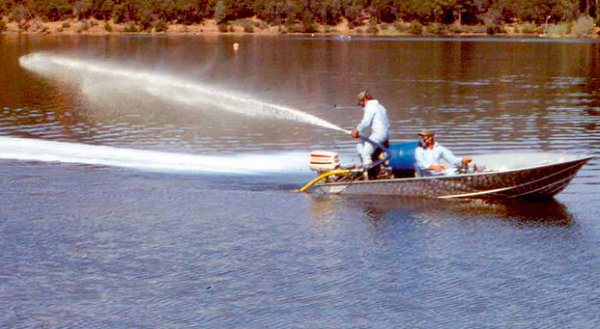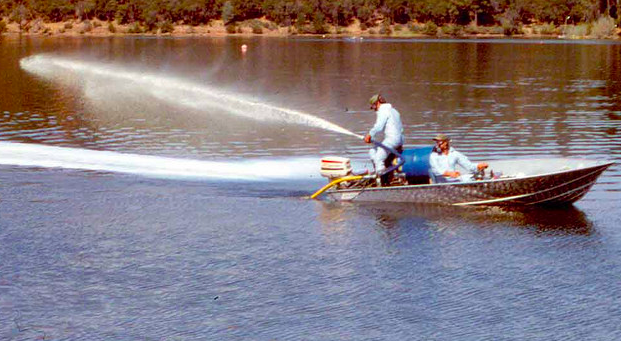By TED WILLIAMS, Chair, Native Fish Coalition
The most important tool for saving native fish from extirpation and extinction is rotenone, a short-lived, organic poison rendered from tropical plants of the pea family. In all but a very few cases it’s the only tool. Native fish are evacuated and the aliens that had been preying on them, outcompeting them or converting them to mongrels by introgression are eliminated. Then the natives are returned to their habitat.
Rotenone binds with organic material and sediments, so it degrades rapidly, especially in running water where it can lose toxicity in an hour or two. This poses a challenge to fisheries managers, but it also provides opportunity for instant neutralization by applying potassium permanganate downstream from a treatment area.
For centuries indigenous peoples have used rotenone to kill fish for consumption.

No poison is selective, but rotenone used in fisheries management is as close as it gets.
No poison is selective, but rotenone used in fisheries management is as close as it gets. All aquatic and terrestrial air-breathing organisms are unaffected. Nontarget mortality is limited to aquatic insects and gilled amphibians (though most amphibians tough it out, and treatments can be timed to allow tadpoles to transform to frogs and toads). Most insects survive, too, via a response called “catastrophic drift” whereby they sense change in water chemistry and dislodge from rocks, letting the current carry them to safety. Many insects survive without detaching. Caddis larvae, for example, have been seen happily feeding on rotenone-killed fish minutes after treatment. Finally, because adult insects fly, populations recover in a few weeks and frequently do better than before treatment because they don’t have to contend with predators they didn’t evolve with.


